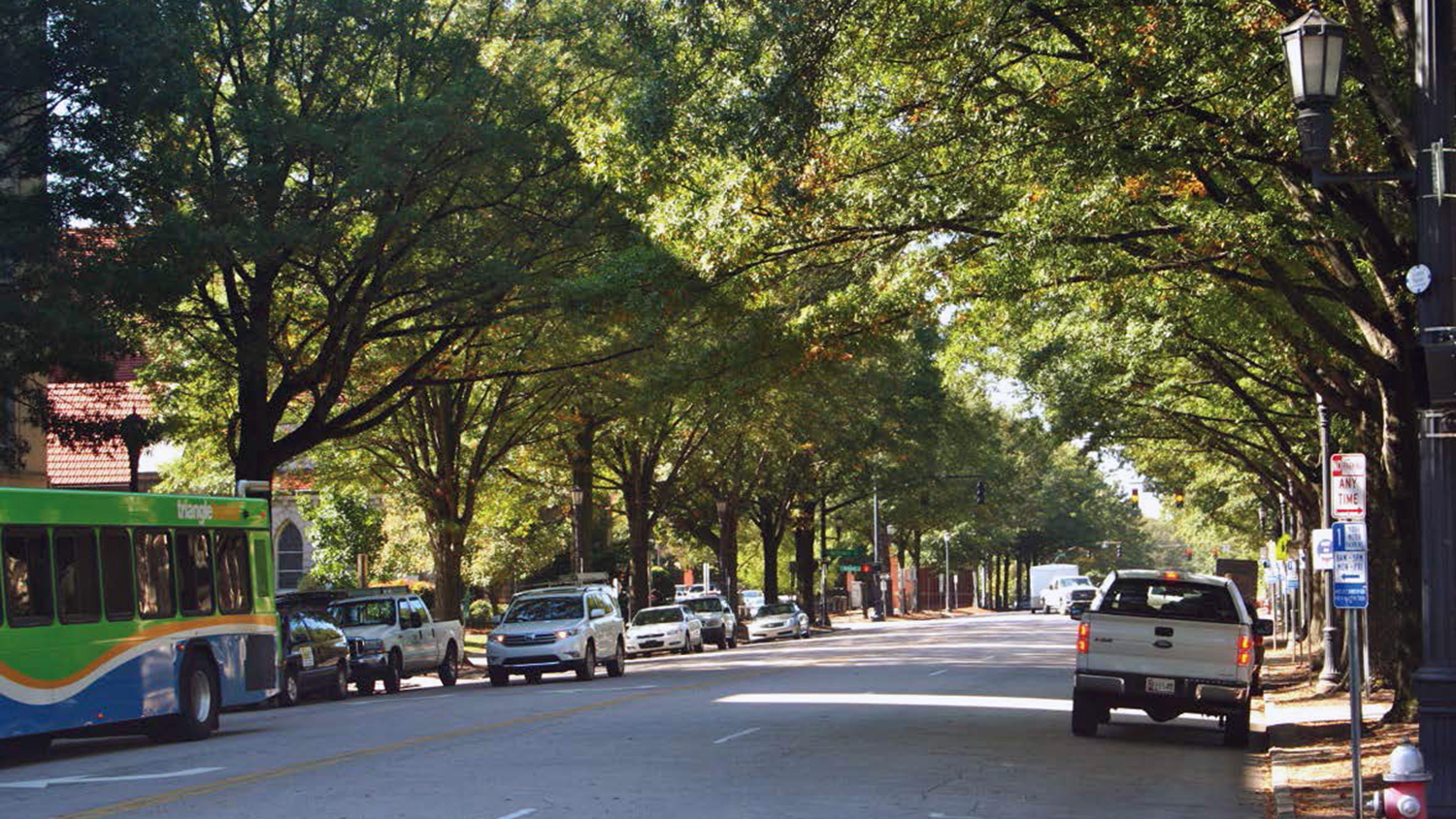
Lack of water puts city trees at risk of multiple threats
Researchers from North Carolina State University are reporting that city trees have a much better chance of surviving threats from heat and insect pests if they are hydrated. Dehydration can harm trees on its own, but the new study suggests that a lack of water also makes them more vulnerable to other stressors.
“We would see some vibrant urban trees covered in scale insects, but we’d also see other clearly stressed and struggling urban trees covered in scale insects,” said study first author Emily Meineke. “We wanted to know what allowed some trees to deal with these pests so much more successfully.”
“This is important because trees need to grow in order to perform valuable ecosystem services, such as removing pollutants from the air and storing carbon,” said co-author Steve Frank.
The research team used both field data and controlled laboratory experiments in an effort to account for the complex number of variables involved.
Over the course of two years, data was collected on 40 urban willow oak trees. The experts documented how water-stressed the trees were, the temperature conditions, and the density of common tree pests known as scale insects.
Willow oak saplings were used in lab experiments. While the young trees were growing, the researchers manipulated the temperature as well as the presence of water and scale insects.
The study revealed that warmer temperatures actually had a positive impact on tree development when the trees had enough water. In addition, scale insects had no significant effect on the trees when they were hydrated.
The experts discovered that water stress was enough to limit tree growth on its own, but also found that this impact was greatly increased by the presence of heat or scale insects.
“This tells us that management strategies aimed at increasing tree hydration in cities may reduce the adverse effects of all three of these key stressors,” said Meineke.
“And that is likely to become increasingly important as water availability, temperature and pest abundance are affected by further urbanization and climate change.”
Professor Frank pointed out that urban managers could invest in various hydration strategies and plant heat-resistant trees in the hottest city regions.
“Moving forward, we’re very curious about the prevalence of water stress in urban trees globally – and whether this leads to similar problems regarding the impact of tree pests,” said Meineke. “If so, improved tree hydration could become a higher priority for urban forestry management.”
The study is published in the Journal of Applied Ecology.
—
By Chrissy Sexton, Earth.com Staff Writer
Image Credit: Emily Meineke













